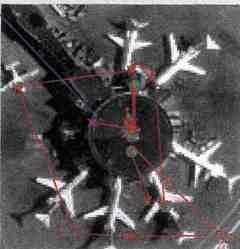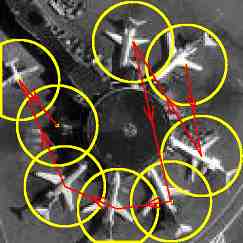Partner: WOF, Neurologische Klinik, Inselspital Bern, PD. Dr. R. Mueri
This objective is significant and timely for several reasons.
• Until recently, the depth did not constitute significance for computer vision simply by the fact that this channel of information was technically lacking, but today, when 3D-cameras that deliver the scene depth become available, adequate use of this source of information is expected.
• Also, in human vision, the mechanism and the role of visual attention related to depth are not studied in detail.
• Eye movements are intimately linked to vision and visual attention, and it is generally accepted that eye movements and the concomitant focal visual processing have advantages for human and machine vision. Therefore, a methodological link between eye movement analysis of a visual scene in humans and the modeling of computer vision seems to be promising.
• The recent availability of autostereoscopic screens constitutes a new key to extend experimentation sites and to allow now the practical investigations of eye movements related to depth changes.
• Finally, the interdisciplinary theory-empiricism cycle proposed in this project allows solving critical problems more quickly than when staying within the monodisciplinary approach.
By linking human eye movement data during visual attention experiments in 2D and 3D space, the proposed work will provide new ground for the modeling of a fundamental component of the human visual perception and new insights for computer vision methods.
 |
 |
This led us to recognize the potential of comparing human exploratory behavior and computer behavior as a means to investigate attention. We found that a systematic comparison of human exploratory behavior and computer behavior was not done so far and came therefore to the formulation of the present project
to be announced
hu / |